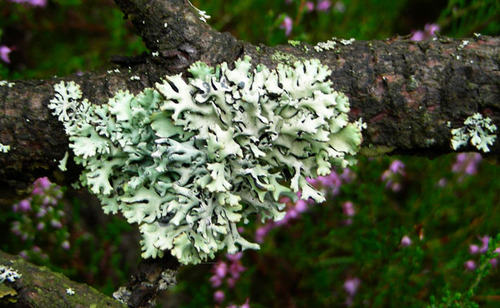In this article we will discuss the Mode of Nutrition in Fungi (1) Saprophytes (2) Parasites (3). Symbionts (4). Predacious fungi
- Fungi are heterotrophic in nutrition
- They are chlorophyll deficient plants and hence they cannot manufacture carbohydrates using carbon dioxide, water and sunlight
- Fungi are with simple structural organization, thus they always depends on dead or living organic matter for their energy requirements
- On the basis of mode of nutrition, fungi are classified into four groups:
- Saprophytes
- Parasites
- Symbionts
- Predacious fungi
(1). Saprophytes
- Saprophytic fungi obtain nutrition from dead organic matter
- These fungi lives on dead organic matter or excreta of both plant and animal origin
- Examples: Mucor, Rhizopus, Penicillium and Aspergillus
- Vegetative hyphae of these fungi directly absorb food materials from organic matter
- Saprophytic fungi may be of two types:-
- Ectophytic saprophytes: grown on the surface of organic matter
- Endophytic saprophytes: grown inside the organic matter
- In some ectophytic fungi such as Rhizopus, special absorptive structures such as rhizoids are developed for the easy absorption of food materials
- Saprophytic fungi produce exo-enzymes (enzymes which acts outside the cell)
- These enzymes digest the complex organic matter in the substratum into simpler compounds to facilitate easy absorption by the hyphae
(2). Parasites
- Parasitic fungi take food from other living plants or animals
- The living organism on which the fungi parasitize are called host
- Parasitic fungi are harmful to the host and they produce disease condition in host organisms
- The relationship of host and parasite in pathology is known as parasitism
- Parasitic fungi are of three types:-
- Obligate parasites: these fungi can live only as parasite on a living host Obligate parasites cannot live on dead organic matter Example: Puccinia which cause rust disease in several crop plants including wheat
- Facultative saprophytes: They are parasites, but they can also survive on dead organic matter in the absence of living host Example: Taphrina
- Facultative parasites: these fungi usually follow saprophytic mode of nutrition Under certain conditions, they parasitize suitable host plants Example: Fusarium and Pythium which cause soft rot disease in crop plants
- On the basis of location of parasite in host organism, the parasites may be:
- Endoparasite: parasite live inside the host tissue
- Ectoparasite: parasite fungi which live on the outside surface of host
- Parasitic fungi possess specialized absorptive structures called haustoria for the absorption of nutrients from the host cells
- Haustoria are specialized hyphal modifications
- Haustoria may be inter-cellular (occupy between two cells) in intra-cellular (occupy
- within the cell)
- Size and shape of haustoria varies in different fungal groups
- Haustoria may be round, knob like, club like or branched
(3). Symbionts
- These fungi grow on or with other living organism but both of them are mutually benefited
- Lichens and mycorrhiza are examples
- Lichens are the symbiotic association between algae and fungi
- Here both fungi and algae are mutually benefited
- Algae synthesize carbohydrates where as the fungi provides shelter for algae
- Mycorrhizae are the symbiotic association between fungi and roots of some higher plants
- Mycorrhizae helps in the absorption of nutrients by the host plant
- Mycorrhiza may be ectophytic or endophytic
- Ectophytic mycorrhiza are external mycorrhiza and they are confined to the outer region of the roots
- Endophytic mycorrhiza are internal mycorrhiza and they are found deeply in the root cells
(4). Predacious fungi
- They are animal capturing fungi (predators)
- These types of fungi possess special hyphal traps called snares to tap and capture small animals such as nematodes and protozoa
- They usually inhabit in the soil
- They possess rapidly constricting hyphal traps which hold the captive for long time
- They also have haustoria which directly inserted into the tissue of the prey
- Some predacious fungi also produce sticky secretions for capturing nematodes
- Examples of predator fungi: Arthrobotrys, Dactylella, Dactylaria
Fungi : Mode of Nutrition in Fungi
![Fungi : Mode of Nutrition in Fungi]() Reviewed by Rajkumar
on
October 30, 2017
Rating:
Reviewed by Rajkumar
on
October 30, 2017
Rating:



What is name of 1st picture
ReplyDelete